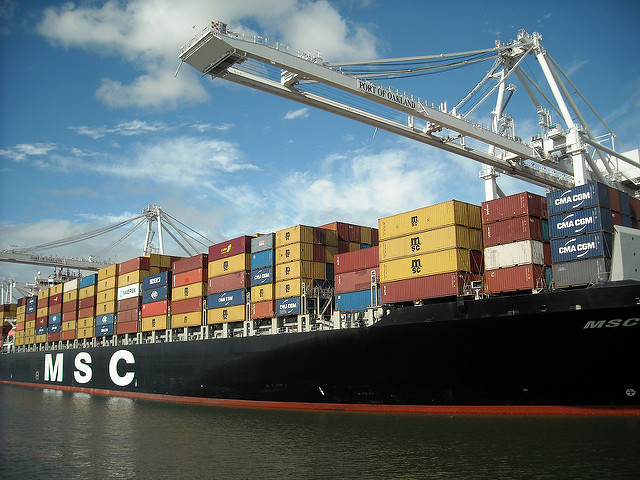
Two years ago, President Trump announced he would impose a 10 percent tariff on imported aluminum. Currently, imports from countries other than Argentina, Australia, Canada, and Mexico are subject to the tariff. Earlier this year the tariff was extended to certain “derivative” goods containing aluminum.
His tariffs, in addition to causing an immediate increase in prices, have contributed to discord in the aluminum market.
A study from the American Action Forum concluded that the administration’s initial tariff actions coincided with increased prices for U.S. aluminum buyers. The Section 232 aluminum tariffs had the additional consequence of creating tension in the U.S. aluminum marketplace. Some buyers felt the resulting aluminum prices were non-transparent and failed to reflect market conditions, and forced them to pay inflated prices for all aluminum.
These prices are based on a “Midwest Premium” which is added to the base price of aluminum to create a Midwest Transaction Price. S&P Platts, which generates the Midwest premium prices, says its prices reflect market conditions.
This issue is important to taxpayers because the federal government is a large purchaser of goods containing aluminum. Inflated prices mean higher procurement costs and, eventually, higher taxes.
Now the COVID-19 pandemic has created even more uncertainty. Declining demand for aluminum resulting from the pandemic has led S&P Platts to consider putting a floor on aluminum prices. Many aluminum buyers oppose the idea of a price floor. Like price ceilings, price floors can distort markets and create unforeseen consequences for various sectors of the economy.
A possible step forward in this conflict was included in H.R. 4895, the Commodity Futures Trading Commission (CFTC) Reauthorization Act of 2019. According to the bill,
The Comptroller General of the United States shall conduct a study of the aluminum markets in the United States and globally, in general; the effectiveness and efficiency of the markets for purchasers of aluminum; what factors and policies influence the supply, demand, and movement of aluminum around the world; and the effectiveness of government oversight over the markets.
Unfortunately, the CFTC Reauthorization Act failed to move forward for unrelated reasons. Now, the proposed price floor for aluminum raises additional questions that would benefit from a closer, unbiased examination. For casual observers, aluminum pricing is complex and opaque, making it difficult to analyse the impact of various proposals on affected parties. That's one reason Congress should consider other ways to initiate such a study.
In addition to authorizing a neutral examination of aluminum pricing, the Trump administration should drop remaining aluminum tariffs. There is no legitimate national security justification for keeping them in place. Dropping the tariffs would provide a boost to U.S. manufacturers, construction companies, and consumer goods companies that currently overpay for aluminum.
These steps would benefit Americans by promoting an aluminum market that functions in a free and transparent manner.

